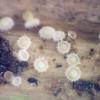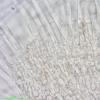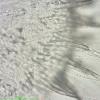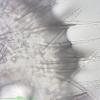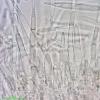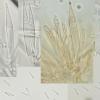
09-01-2026 17:41
Arnold BüschlenHallo, F. dilatata wird von vielen Bryoparasiten

10-01-2026 20:00
Tom SchrierHi all,We found picnidia on Protoparmeliopsis mur

07-01-2026 22:22
 Danny Newman
Danny Newman
Tatraea sp. on indet. hardwood The Swag, Great Sm

10-01-2026 01:18
 Danny Newman
Danny Newman
cf. Neovaginatispora fuckelii on indet. shrub Pre

07-01-2026 10:24
 Danny Newman
Danny Newman
Pezicula sp. on indet. hardwood Appalachian Highl

09-01-2026 10:08
 Blasco Rafael
Blasco Rafael
Hola, en el mismo habitat que la anteriorRetamaDia

08-01-2026 21:22
 Blasco Rafael
Blasco Rafael
Hola, He recogido esta muestra de Orbilia sobre Re

07-01-2026 17:29
 Marc Detollenaere
Marc Detollenaere
Dear Forum,On a barkless Populus I found some smal

10-11-2021 17:33
 Riet van Oosten
Riet van Oosten
Add-on topic http://www.ascofrance.com/forum/7059

07-01-2026 10:05
 Danny Newman
Danny Newman
cf. Chaetospermum on XylariaCosby Campground, Grea
The apos are centrally attached, subsessile, up to half a mm diameter excluding hairs, light beige.
The marginal hairs are 102-137 × 5.8-7.1 µm, tapering to a point, without crystals, only slighly refractive content, 5-7 times septate, faintly granulose but perhaps not all the way to the very apex. In addition also some shorter hairs less acute, granulose to the apex.
The asci are 34-44 × 3.8-5.5 µm, eight-spored, without croziers, spores biseriate, apex slightly blue with IKI.
The paraphyses are 53-63 × 4.3-5.4 µm, lanceolate, with low-refractive content, protruding 15-25 µm beyond the ascus tips.
The spores are 6.8-9.1 × 1.5-1.8 µm, Q = 3.9-5.4, oil 0.
A few hairs (perhaps 1-2 percent) develop one or a few red brown internal droplets within a few minutes after addition on Lugol.
I have not found many species of neither Dasyscyphella nor Lachnum on ferns in the litterature and not either anything else matching. Perhaps somebody has an idea?
If someone has access to the following paper I would be greatful for a copy:
Bøhler HC (1974) Taxonomical studies on some Norwegian Helotiales (Ascomycetes) on fern remains. Norw J Bot 21:79–100.
Stefan

I'll see what I can do with the sequncing.
Stefan

